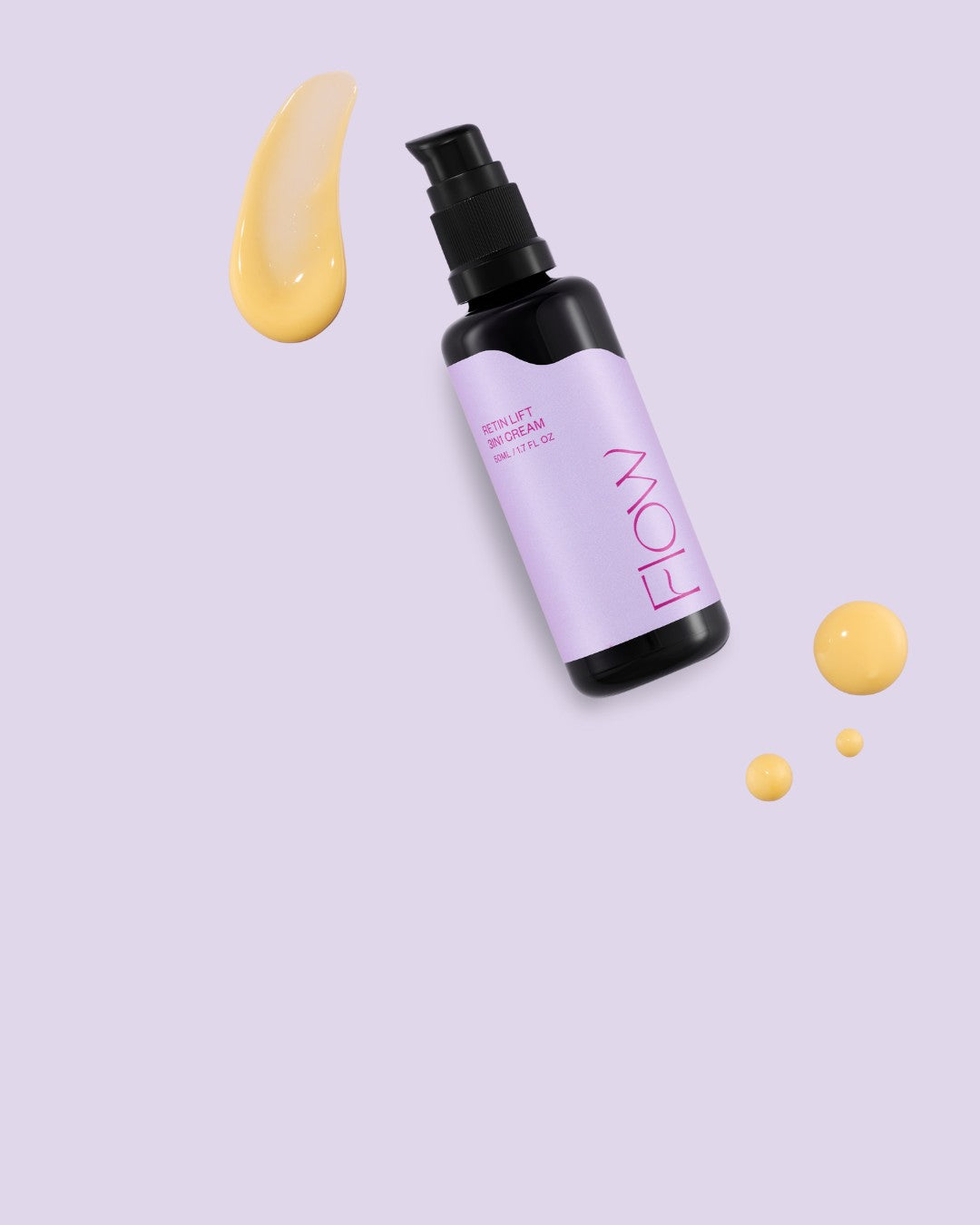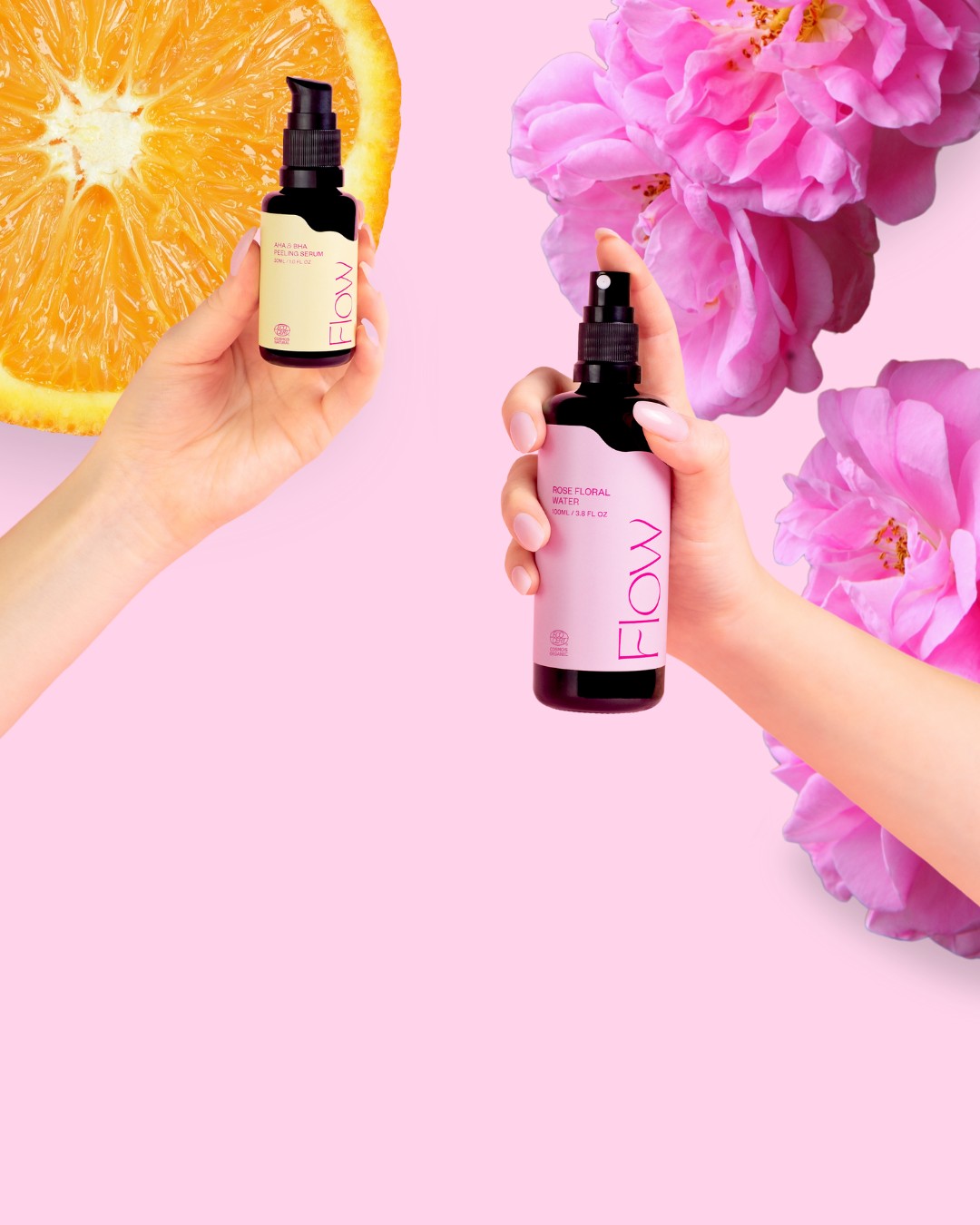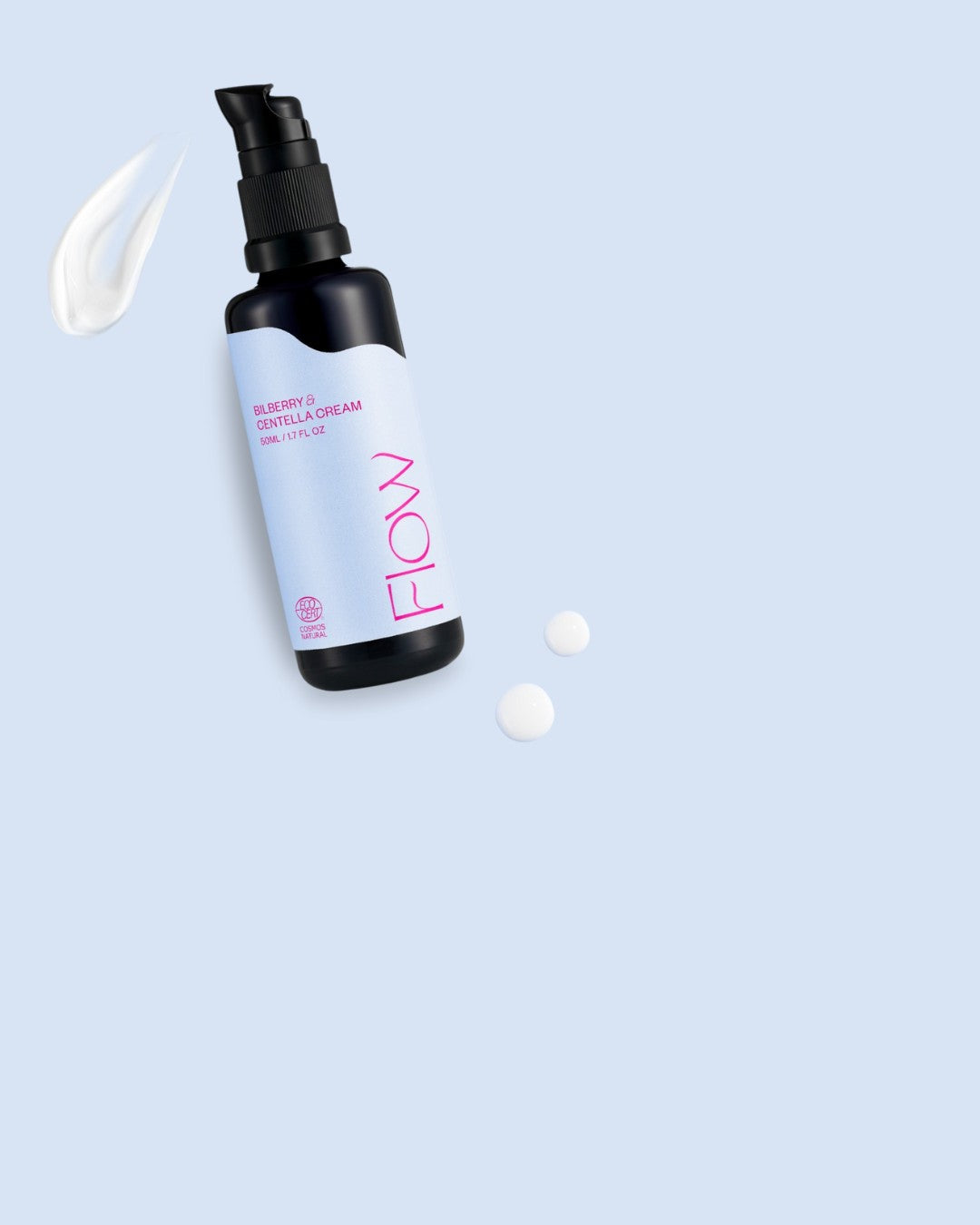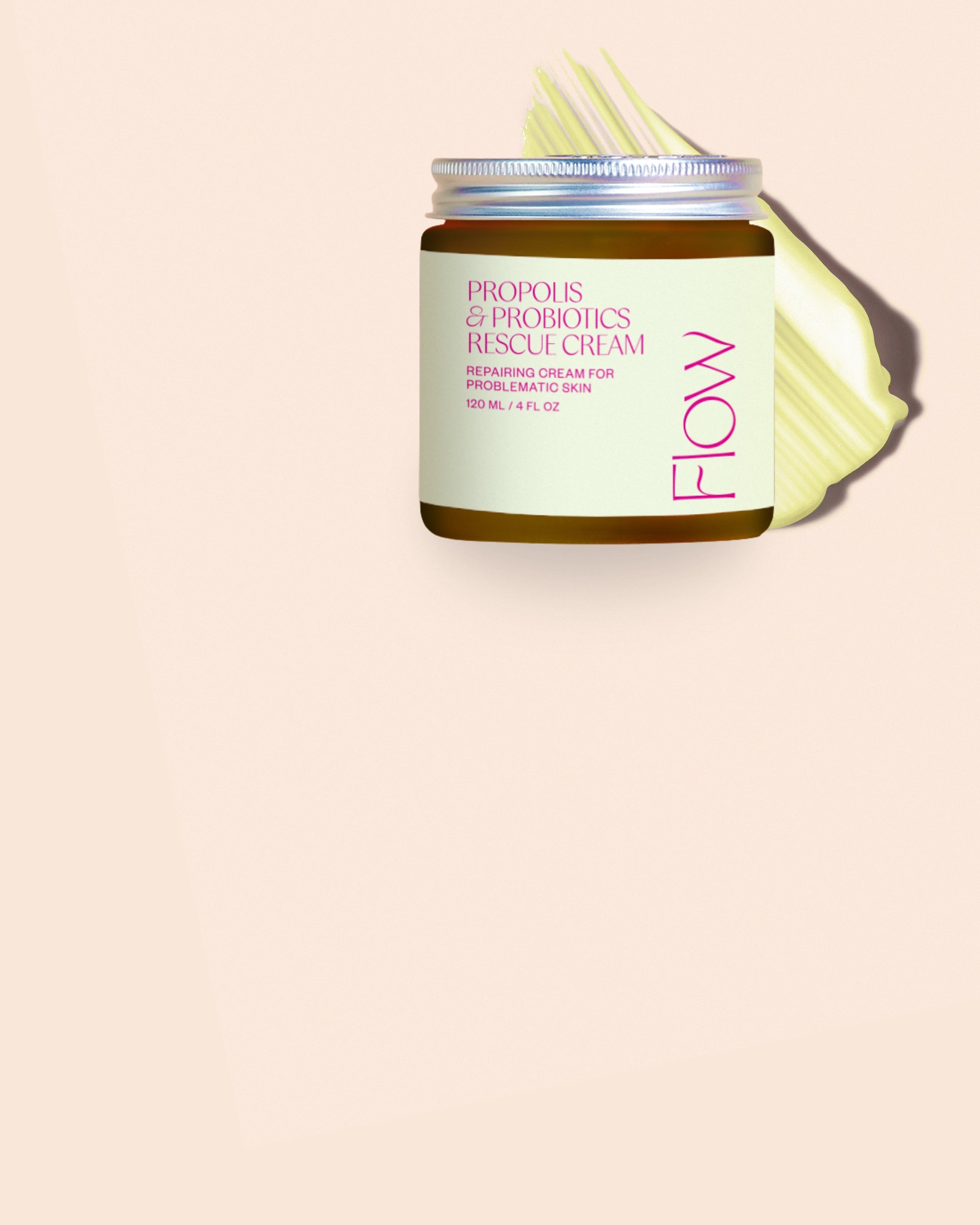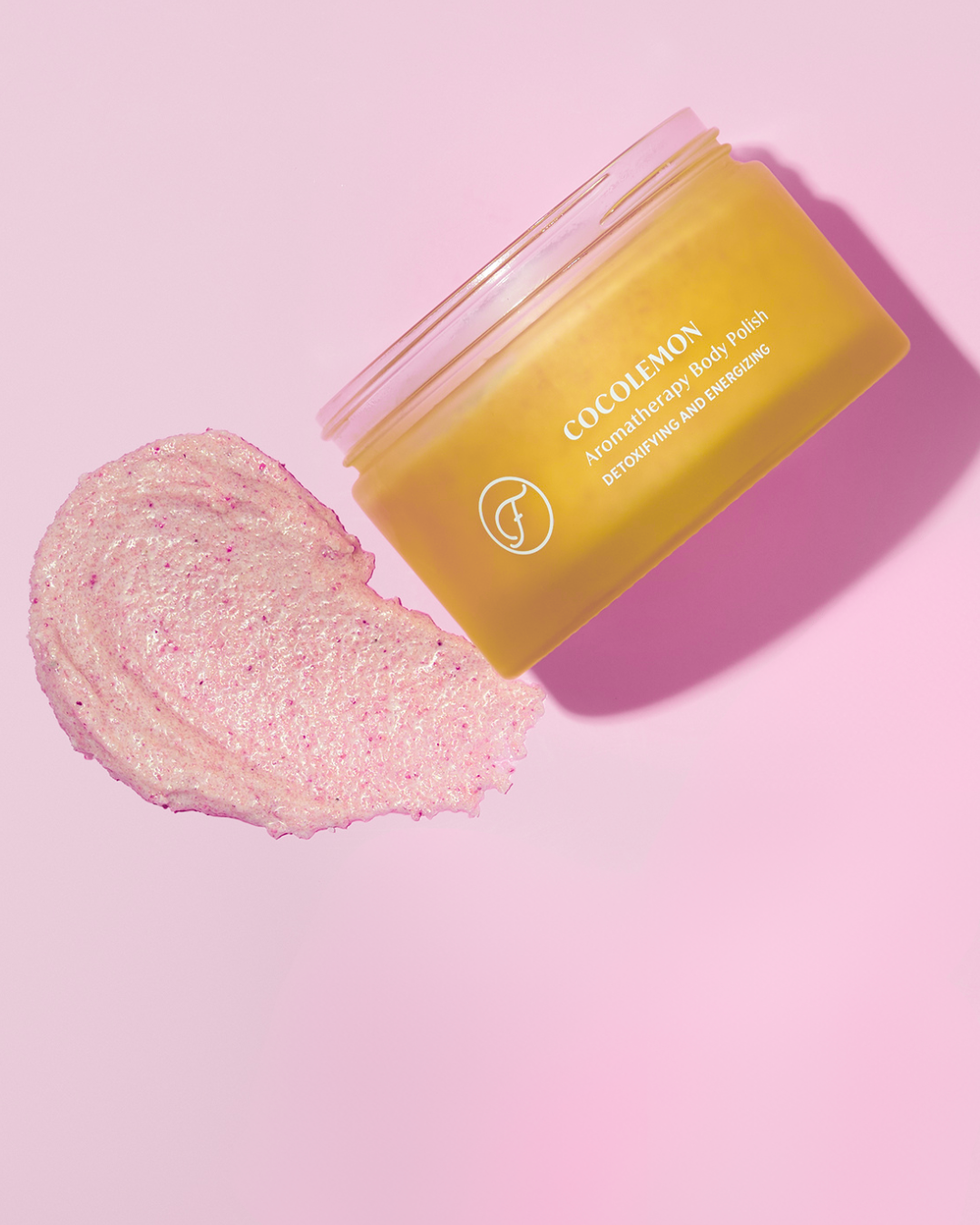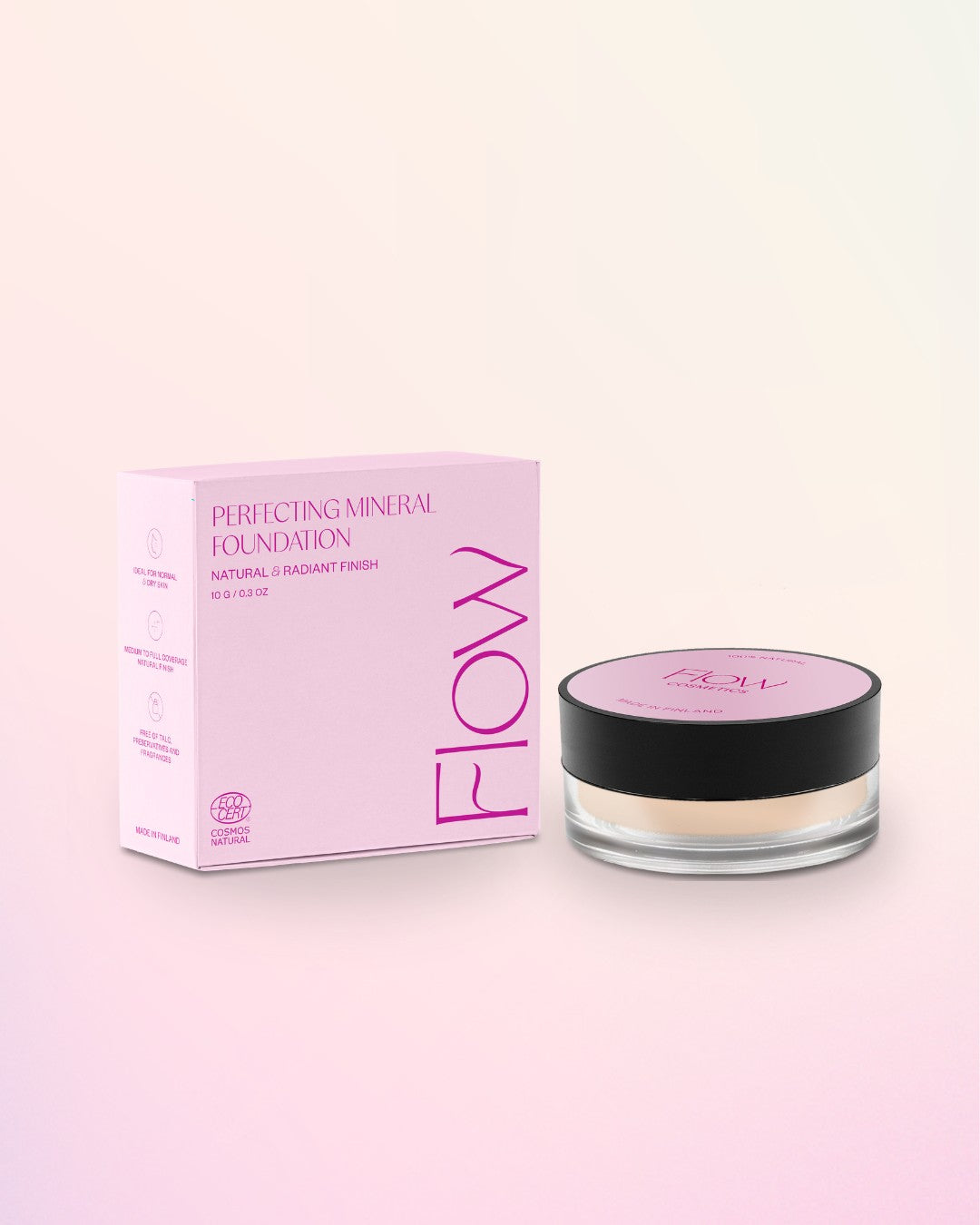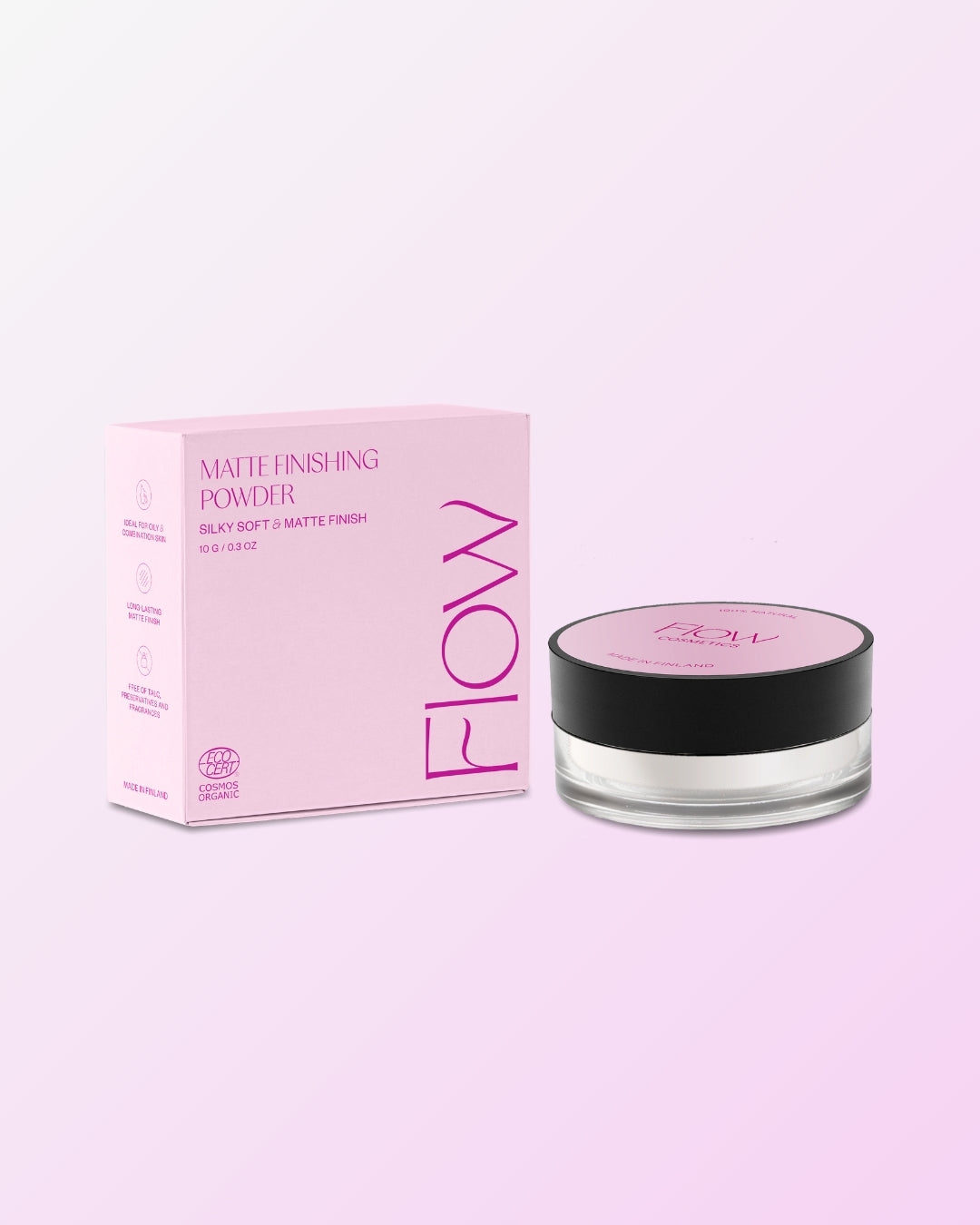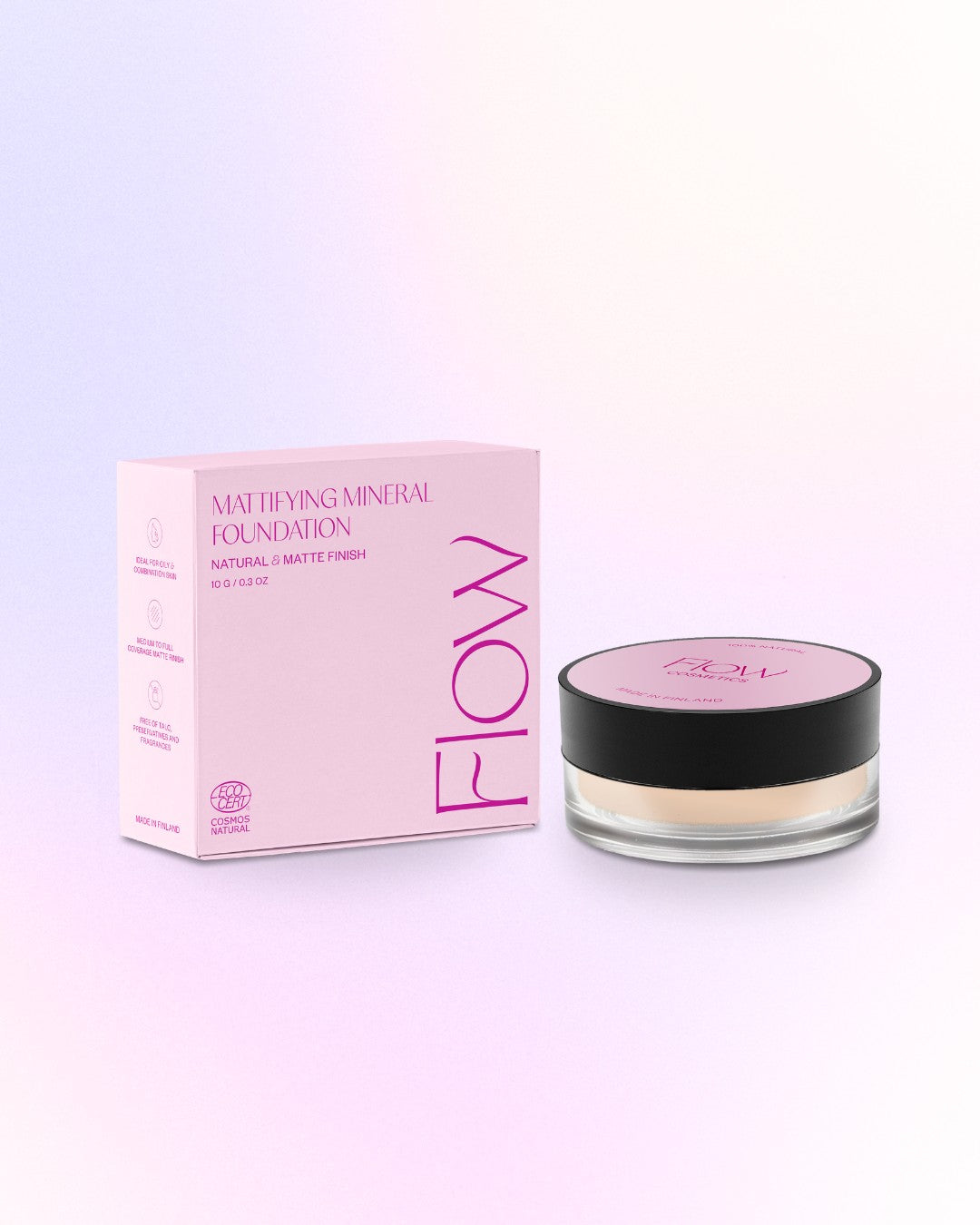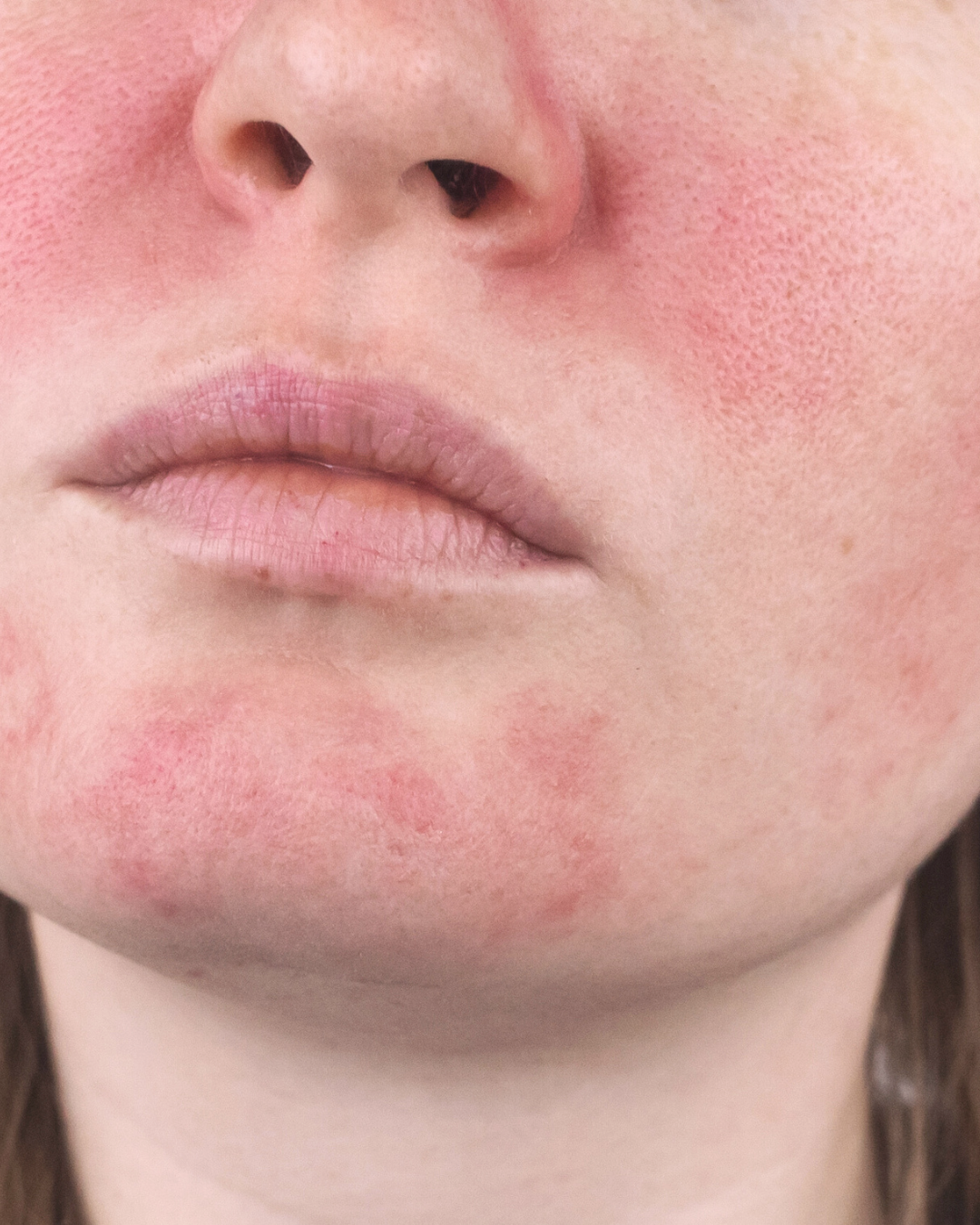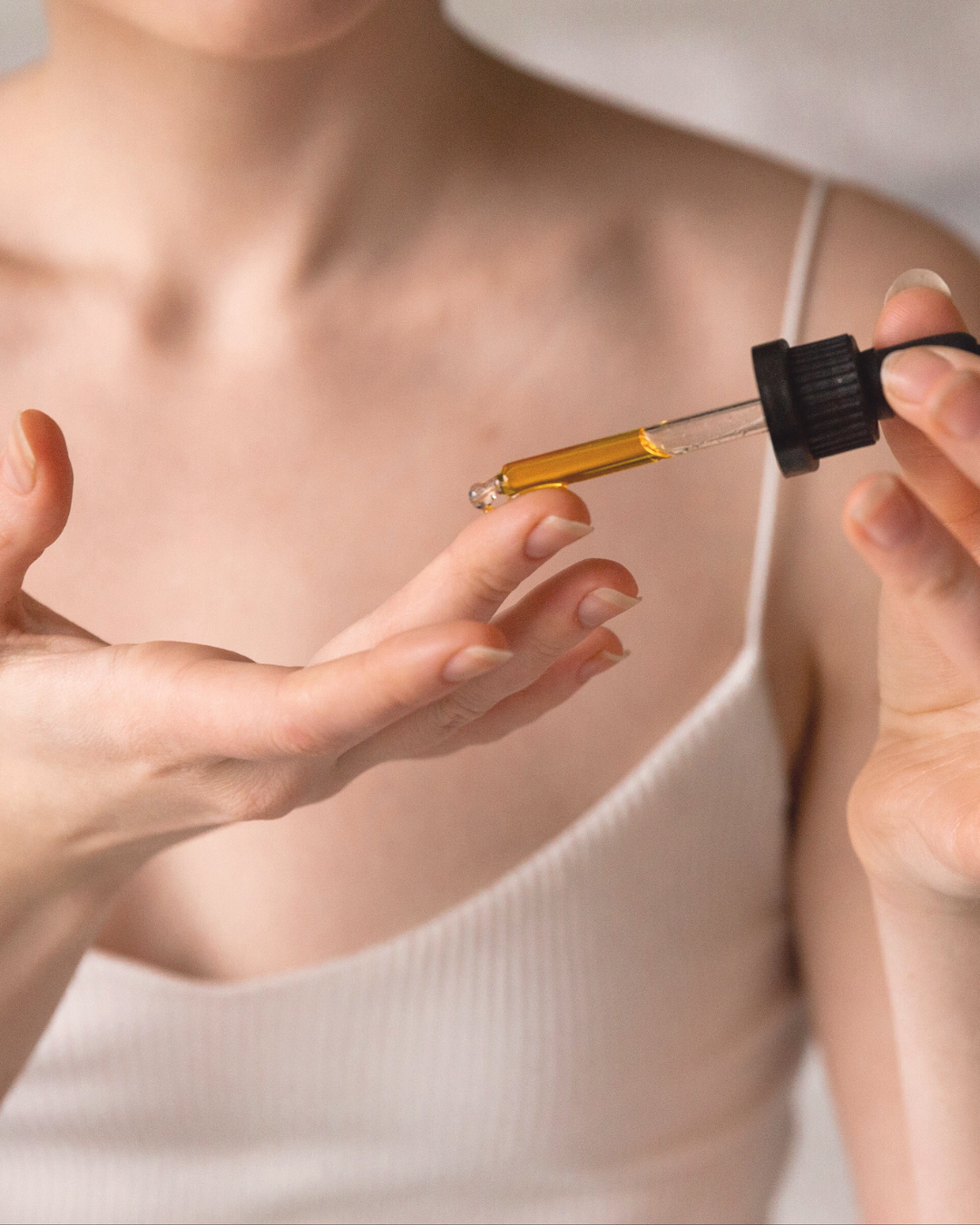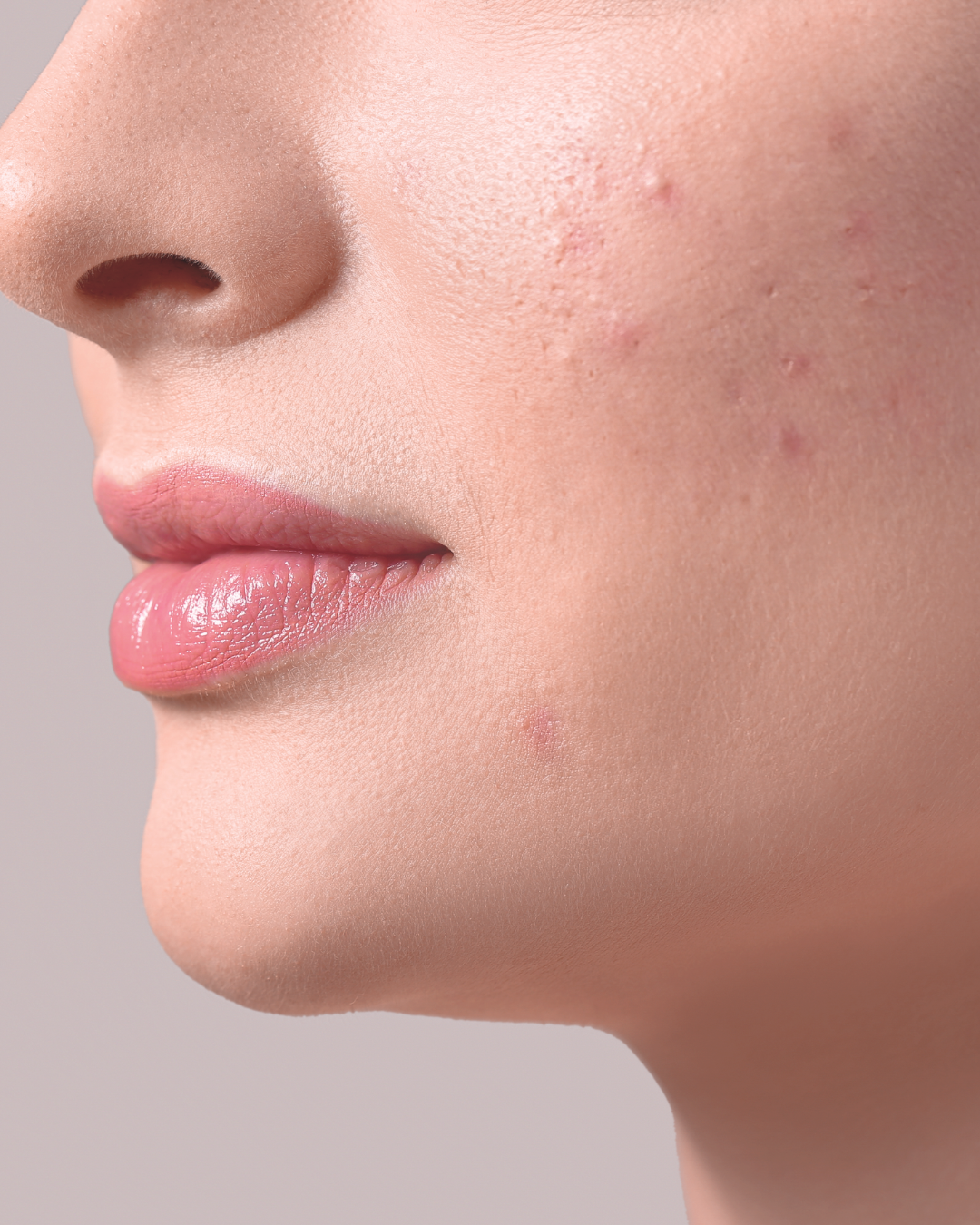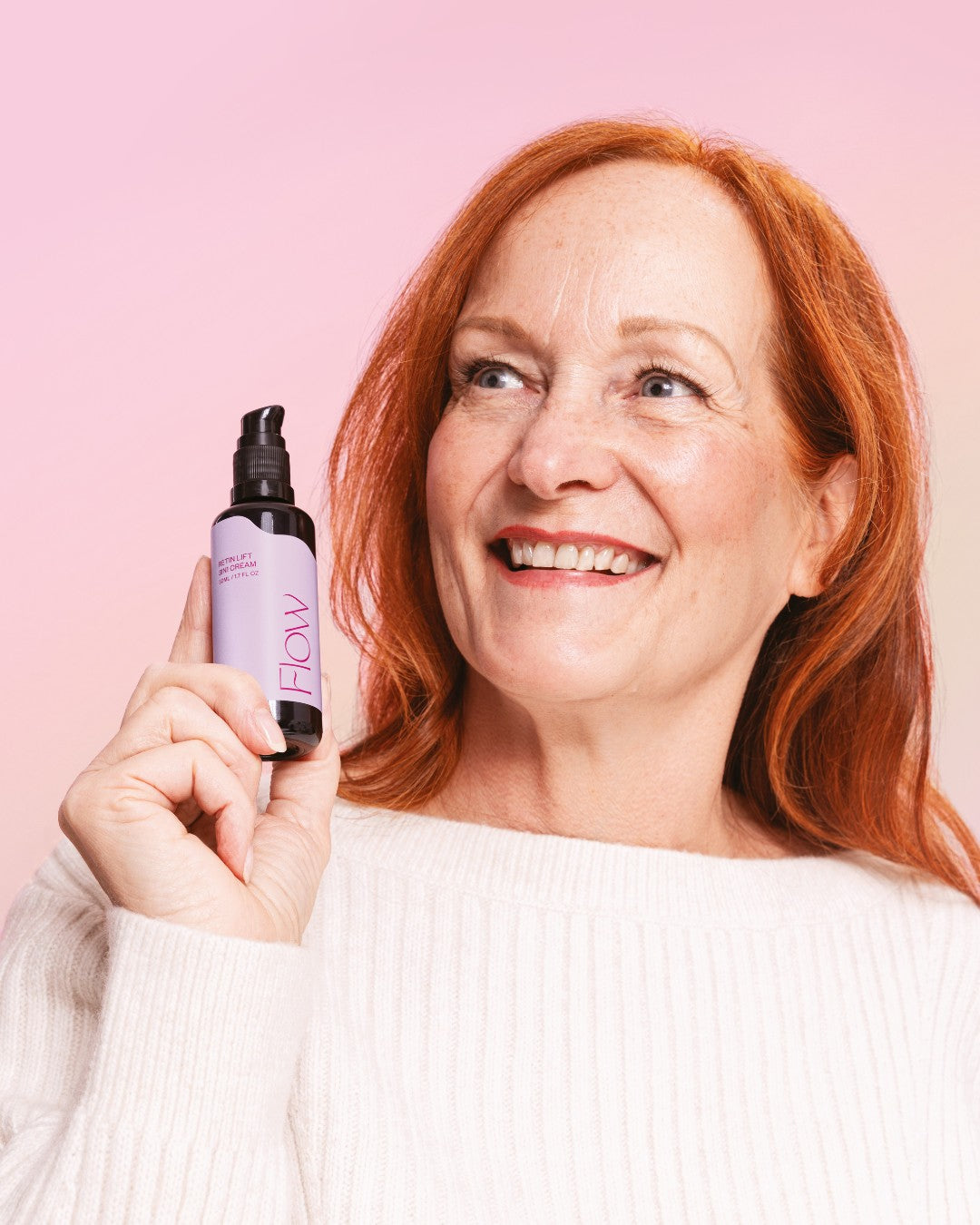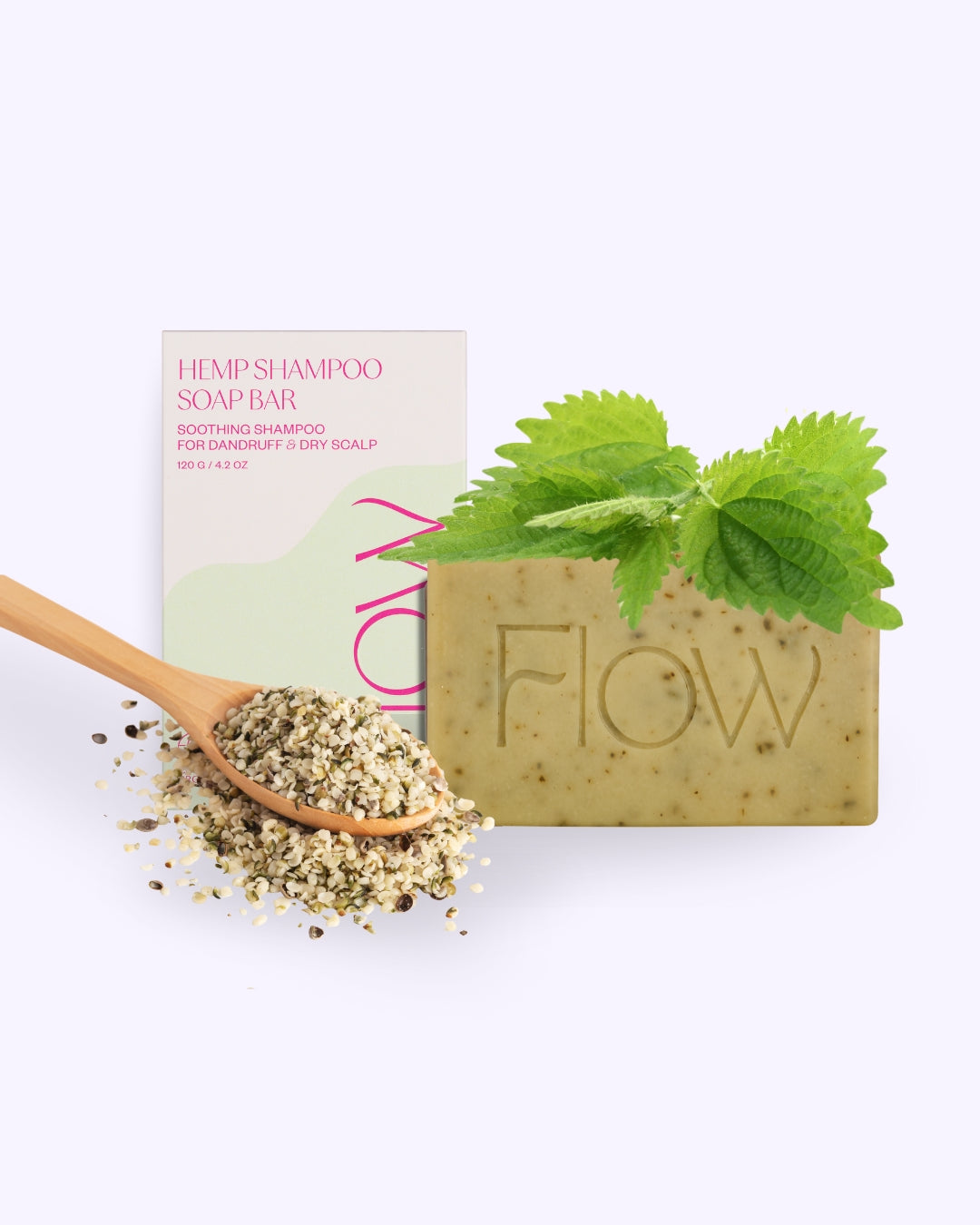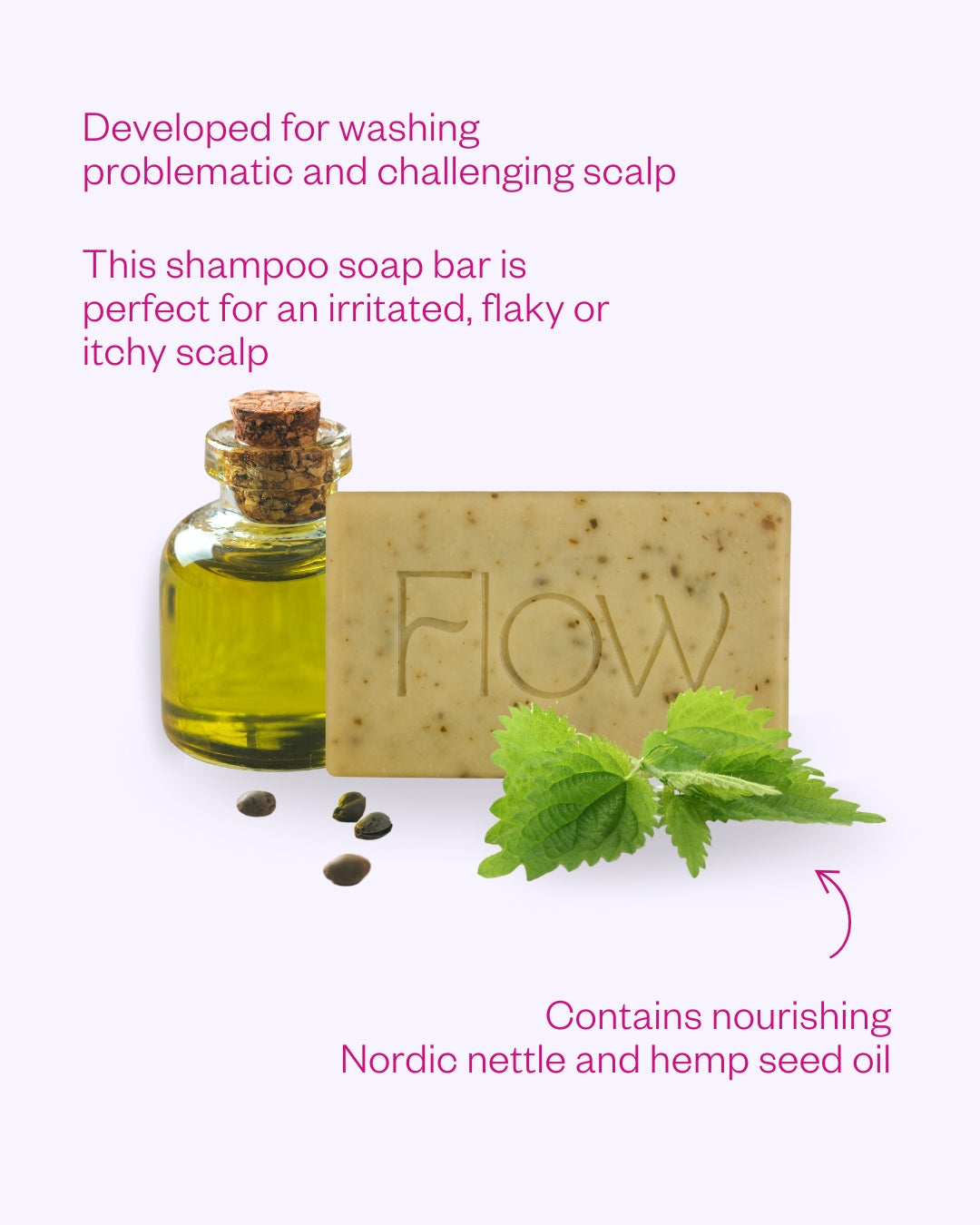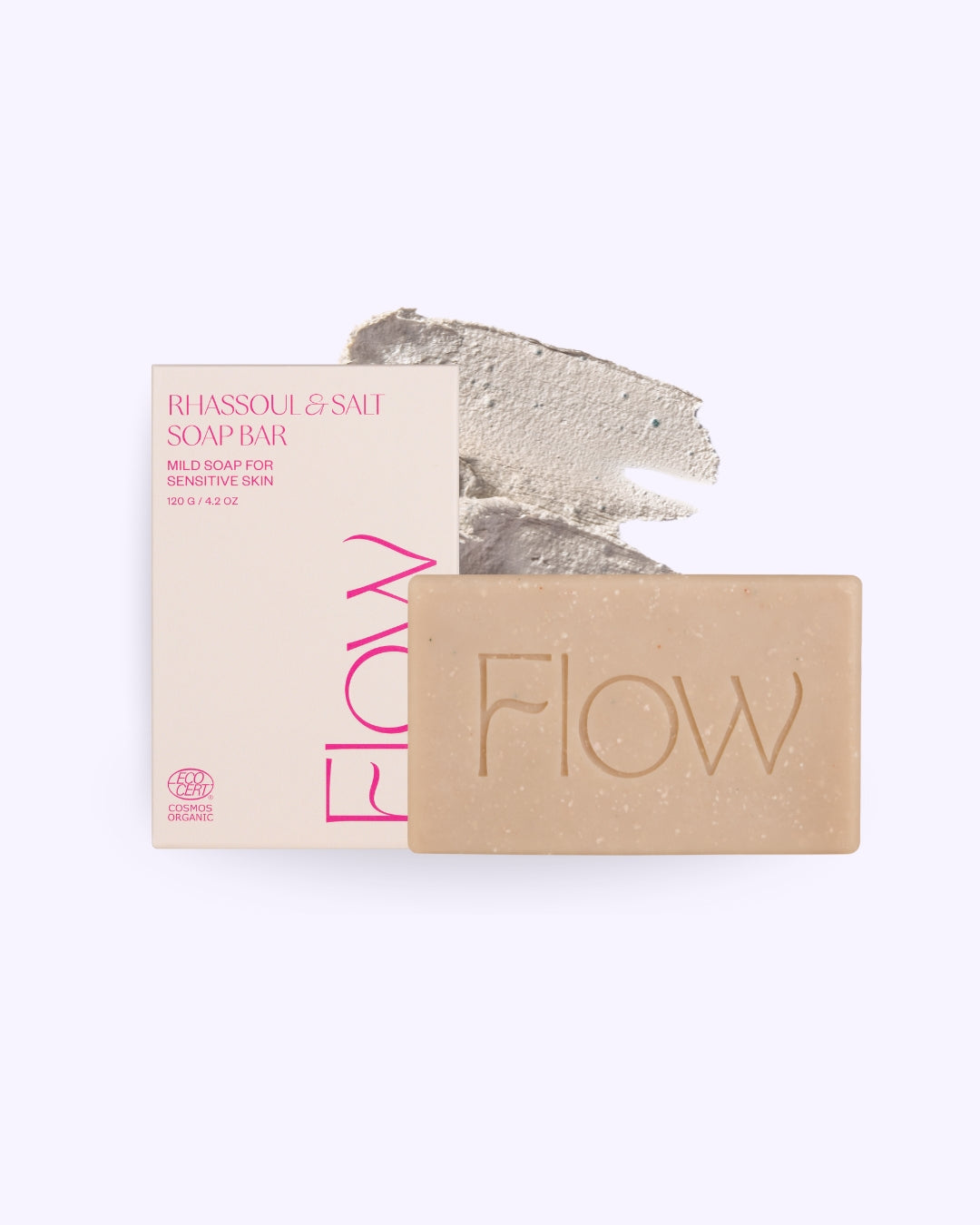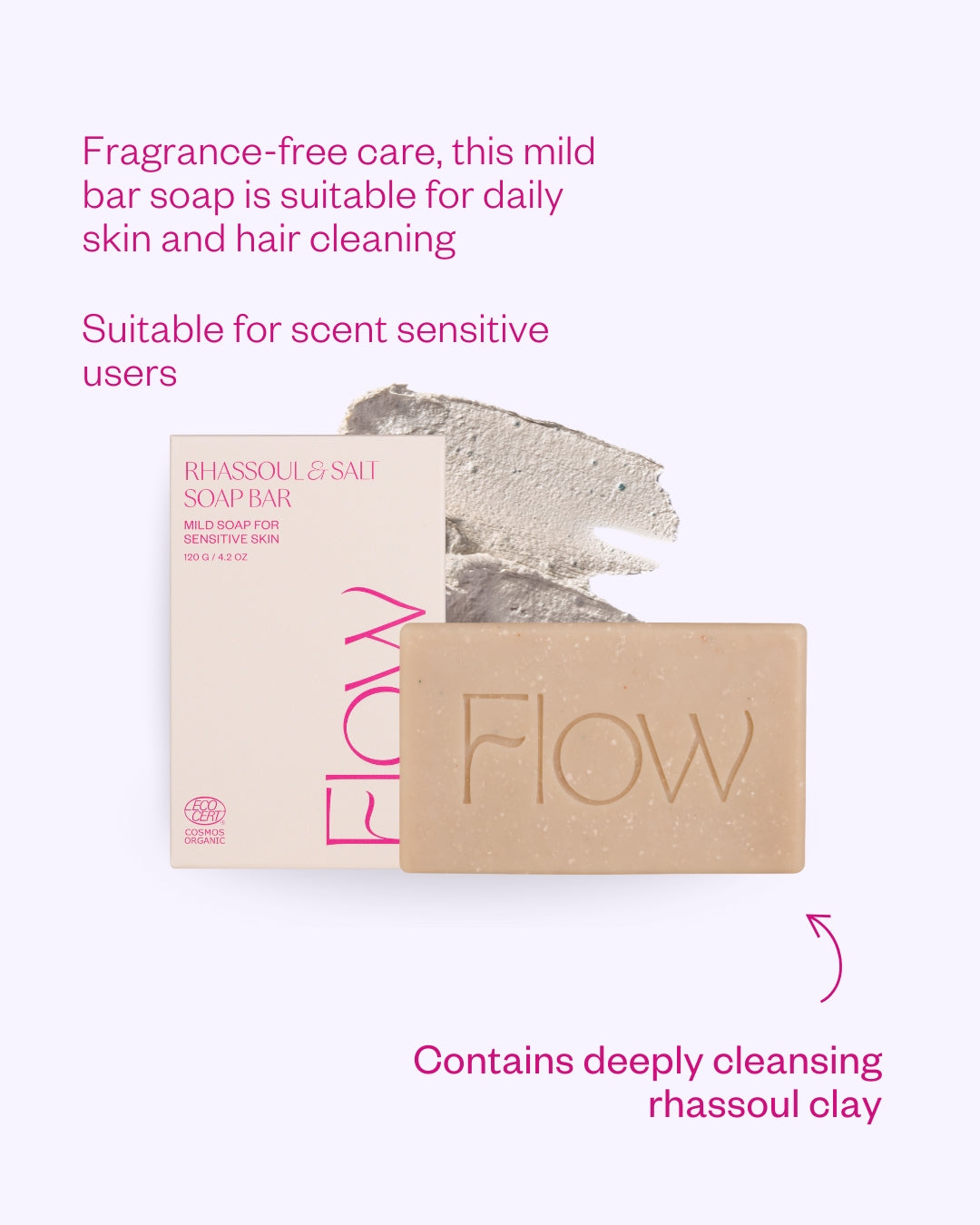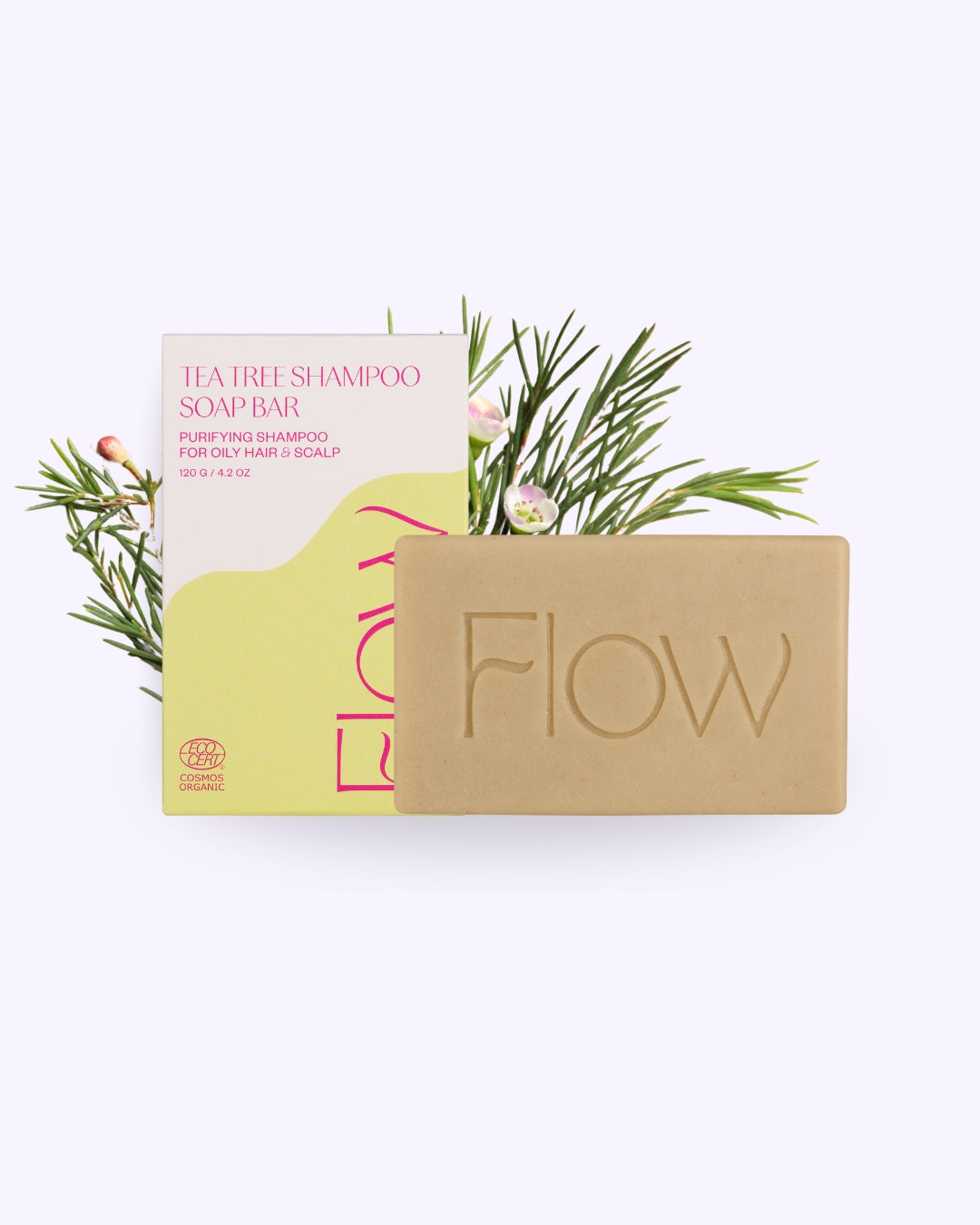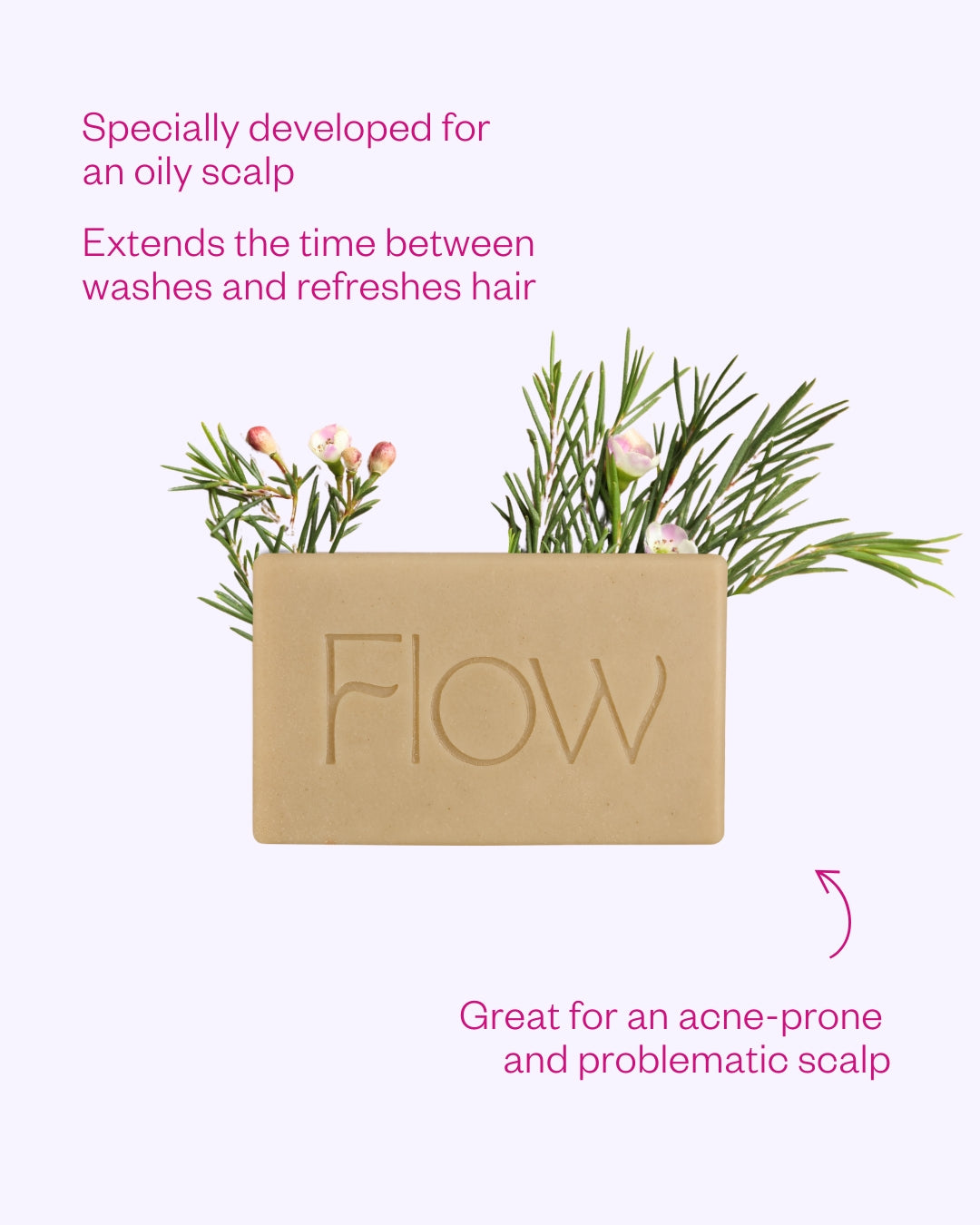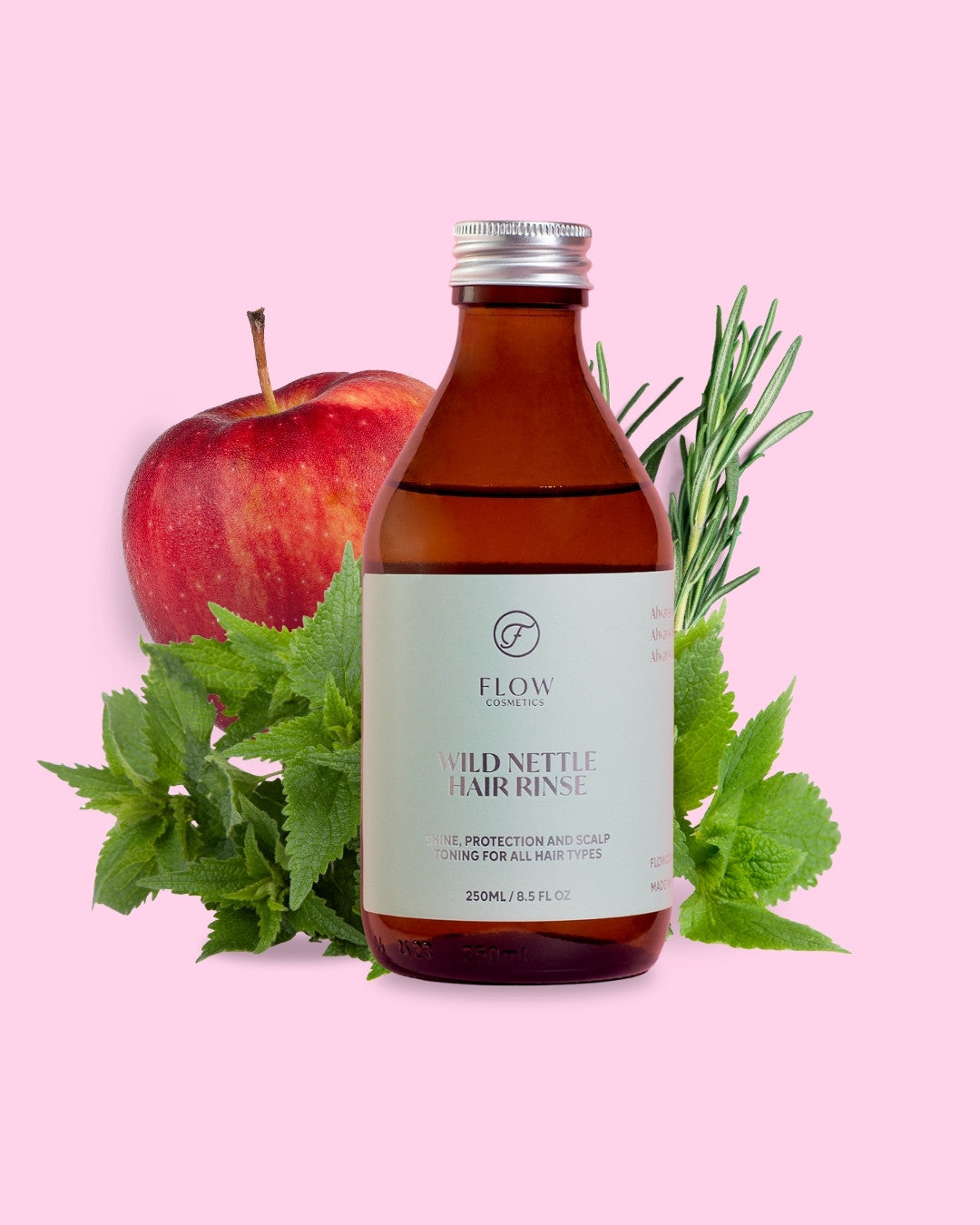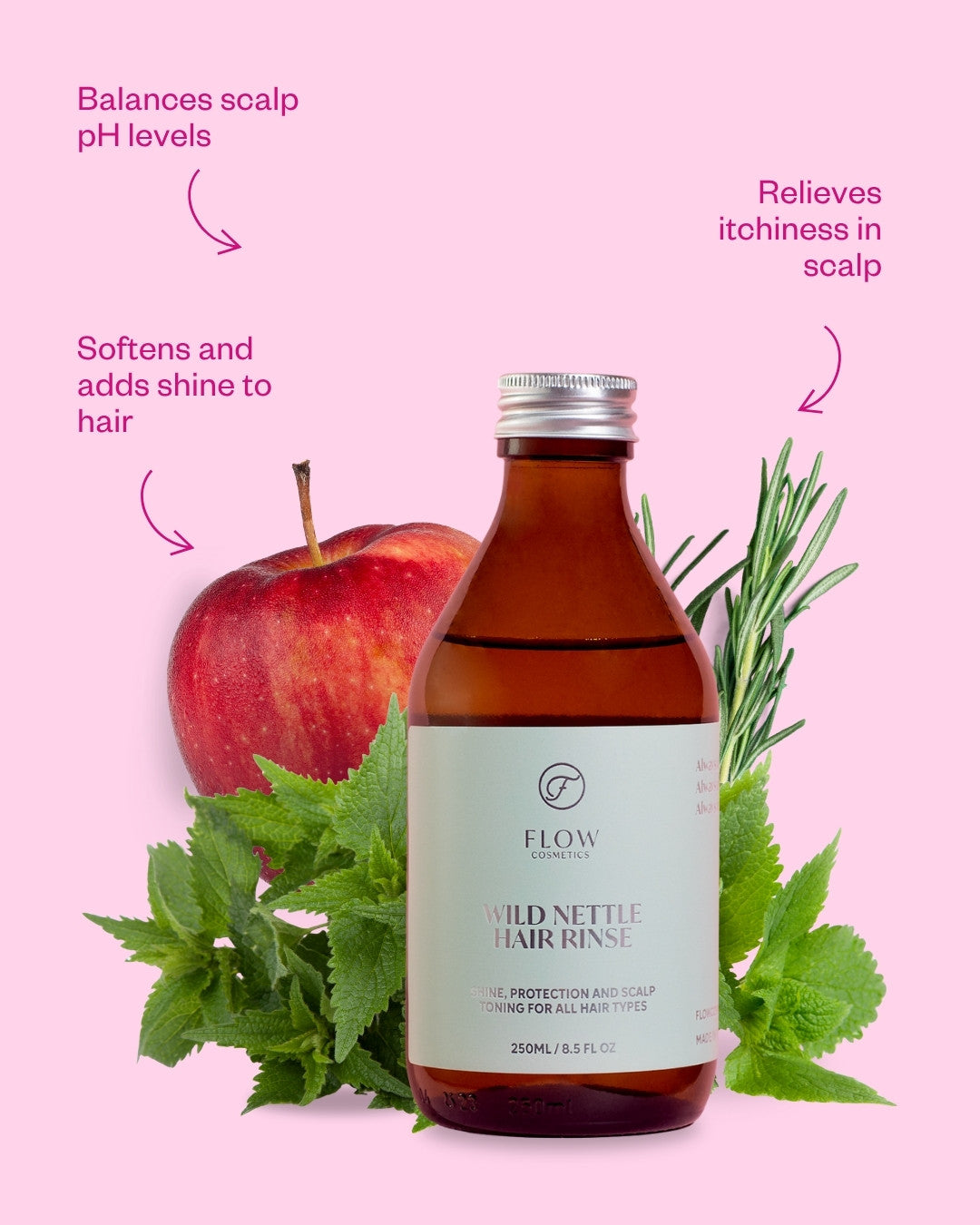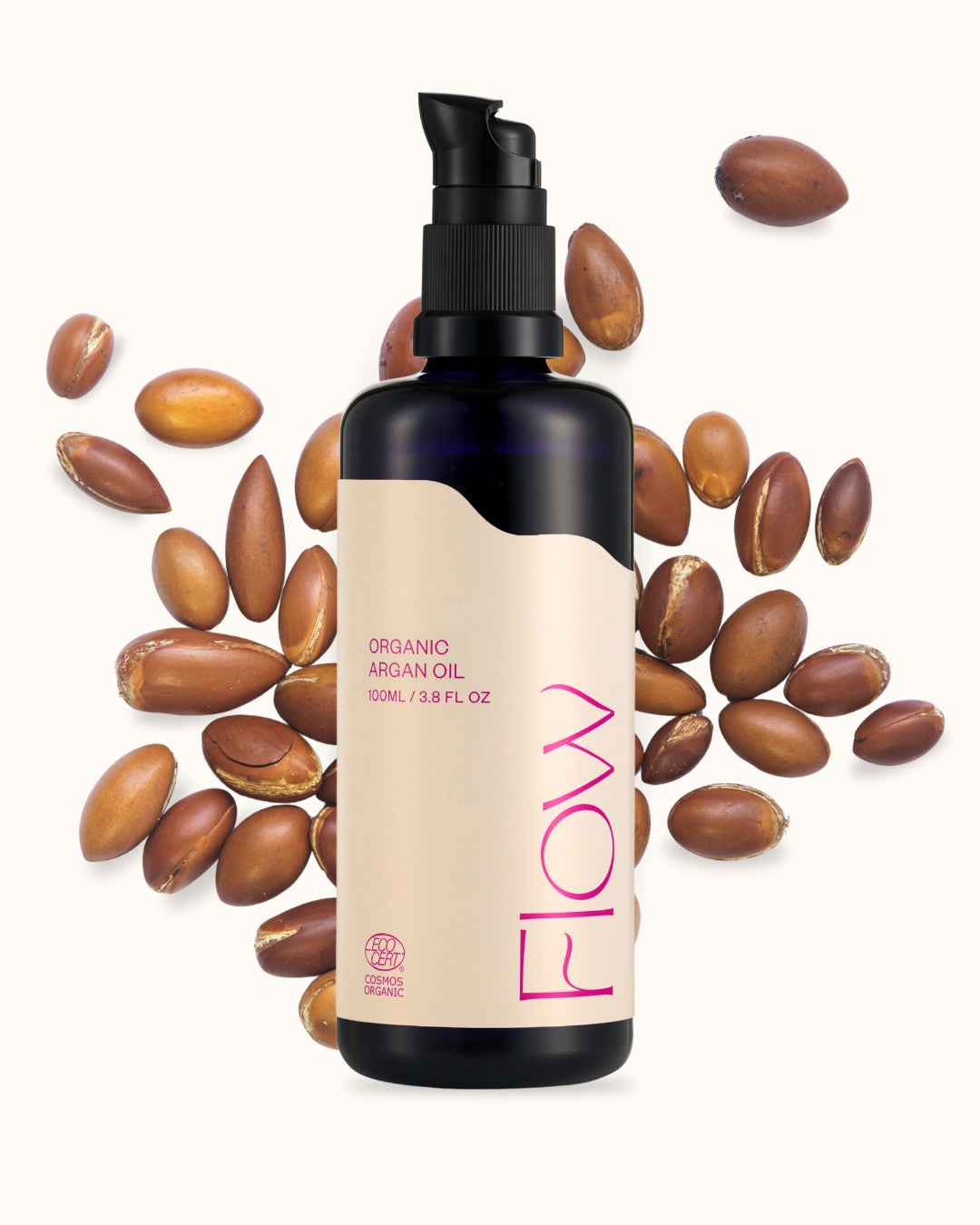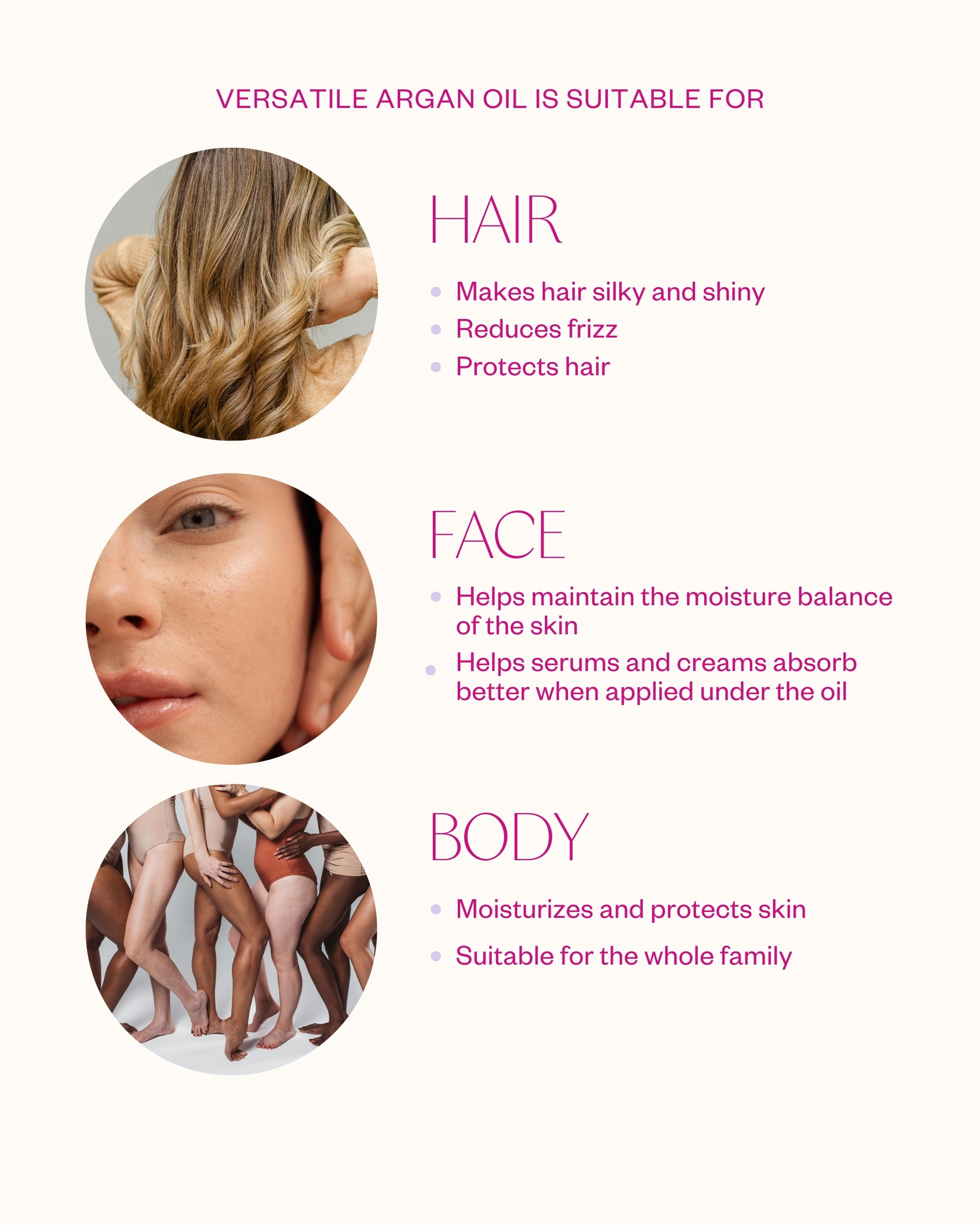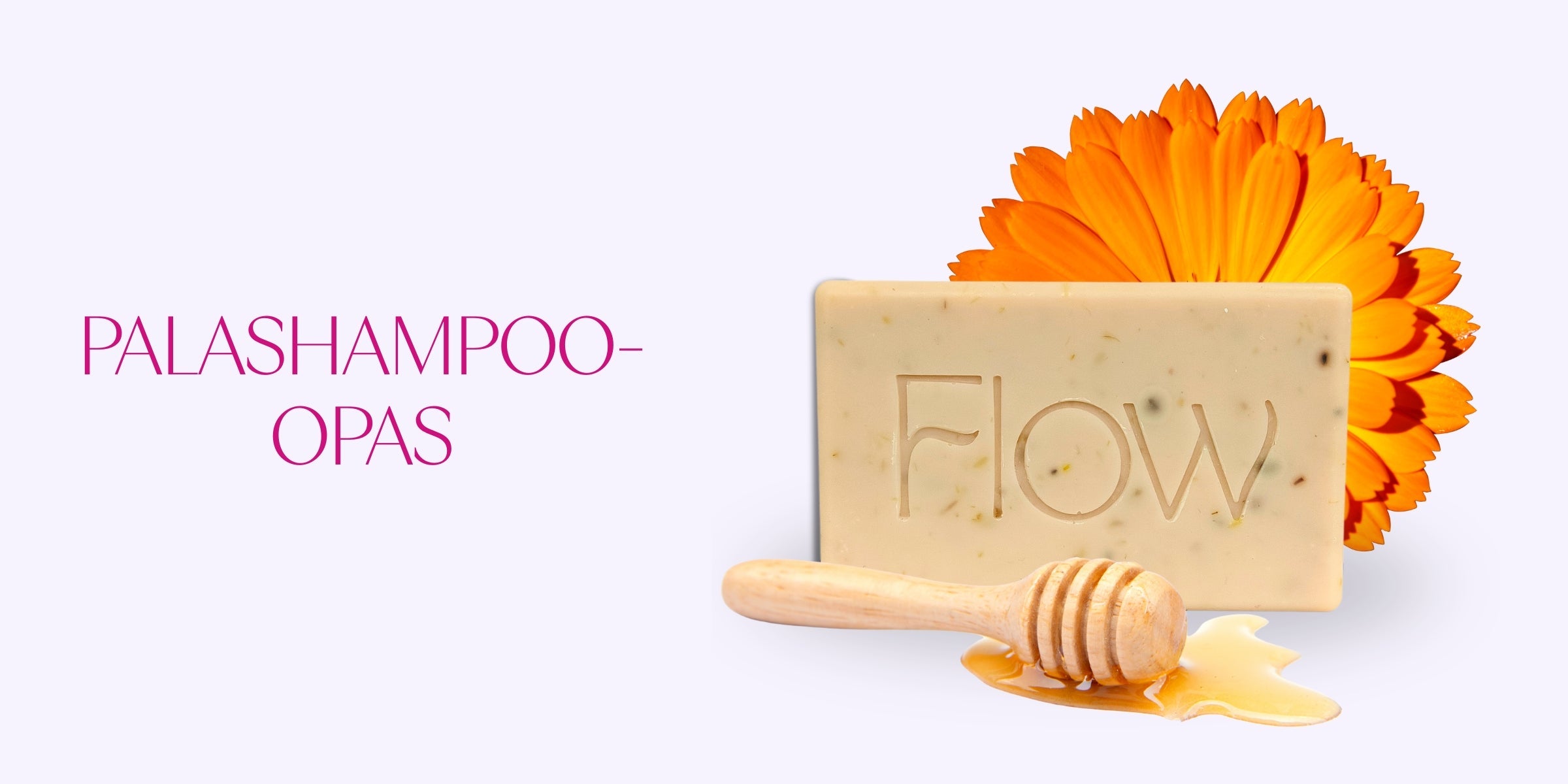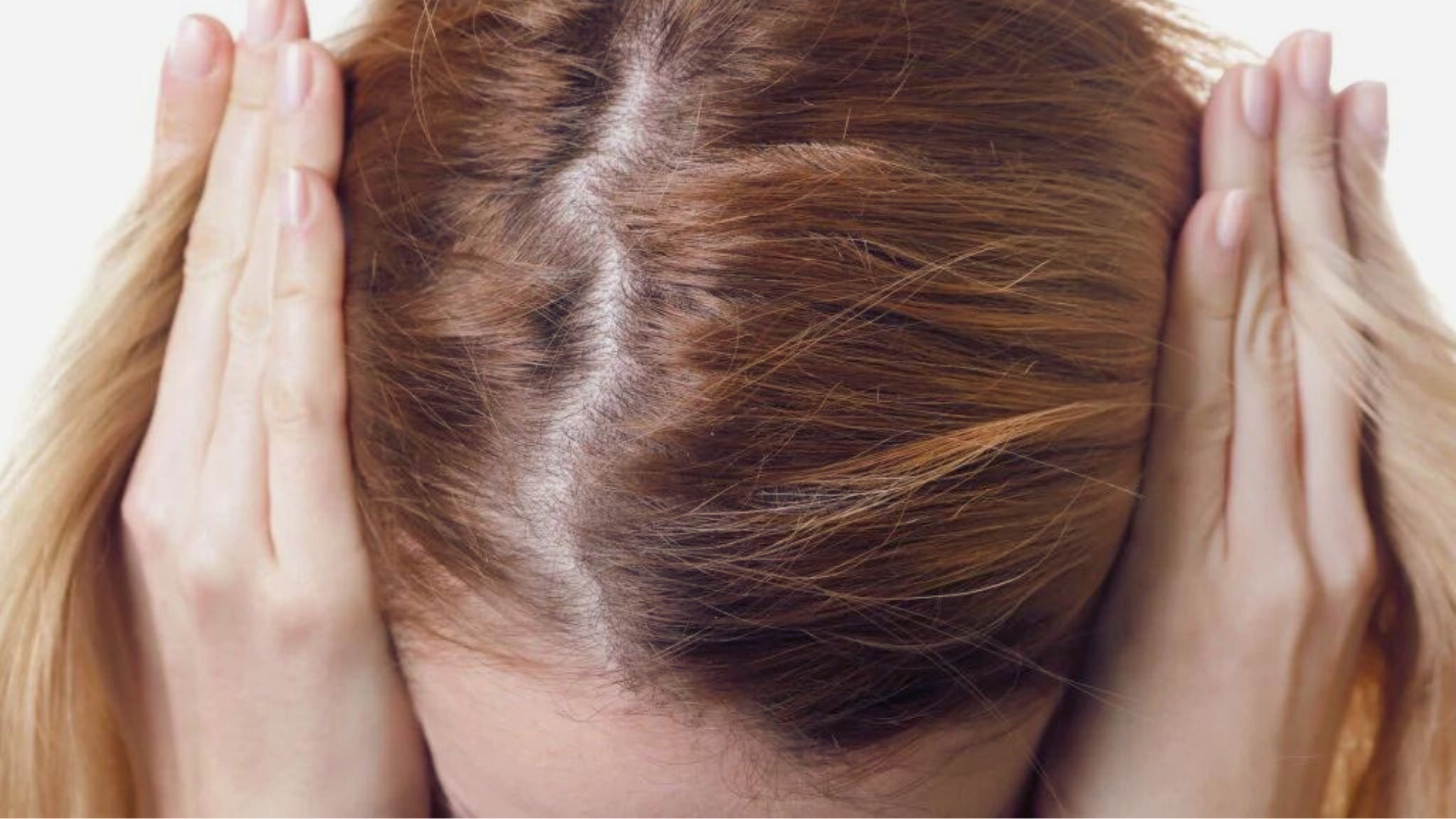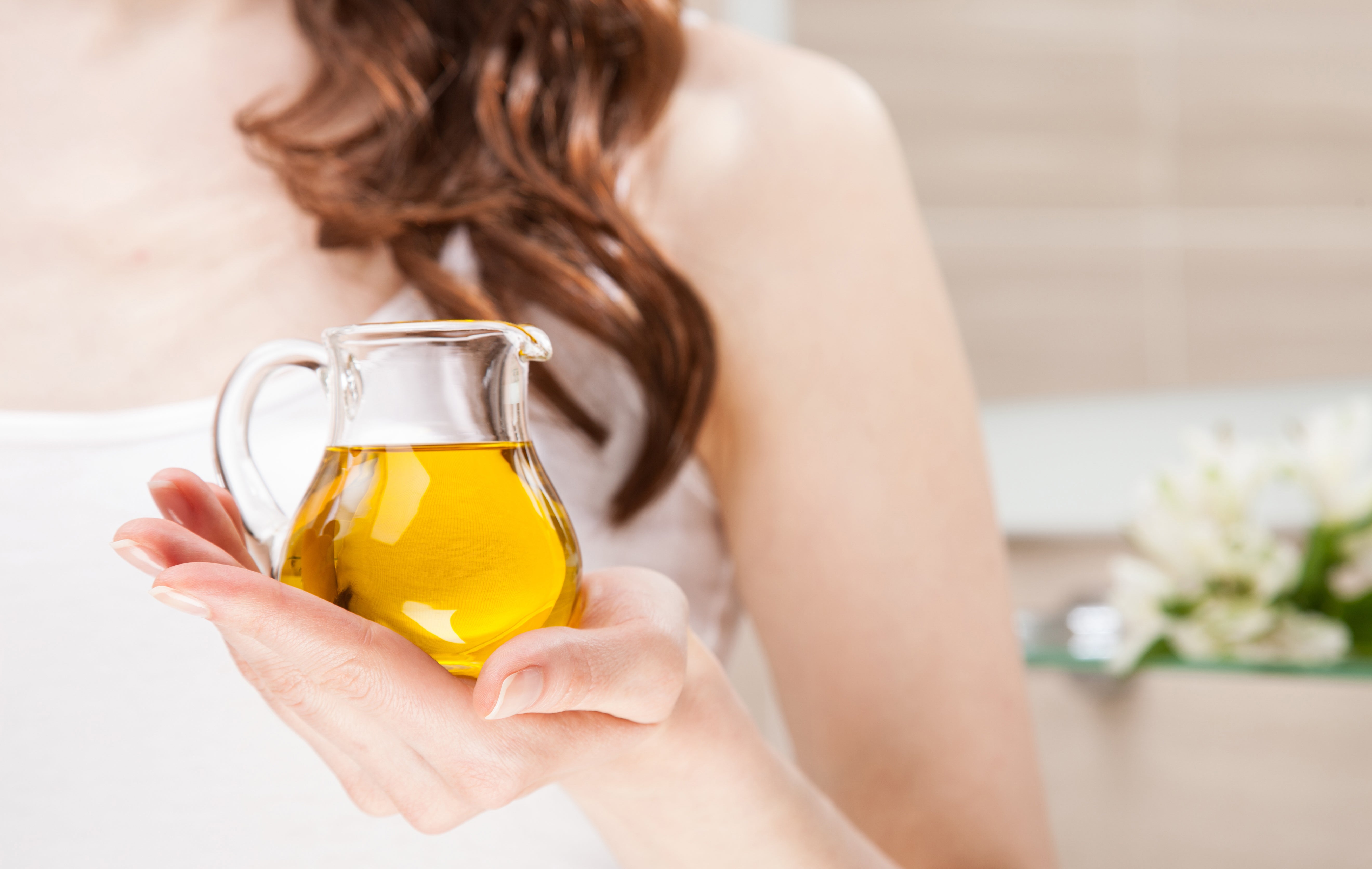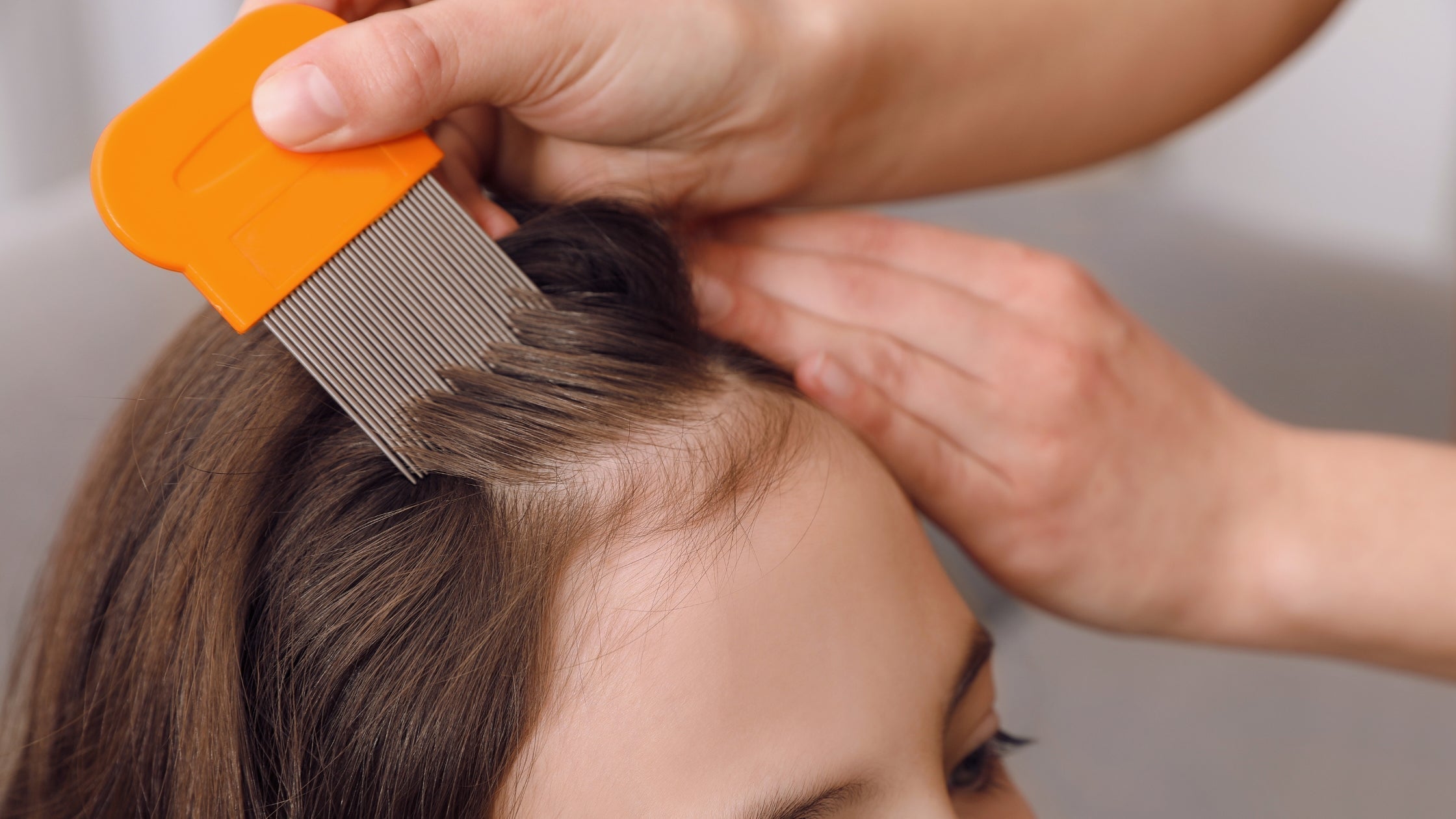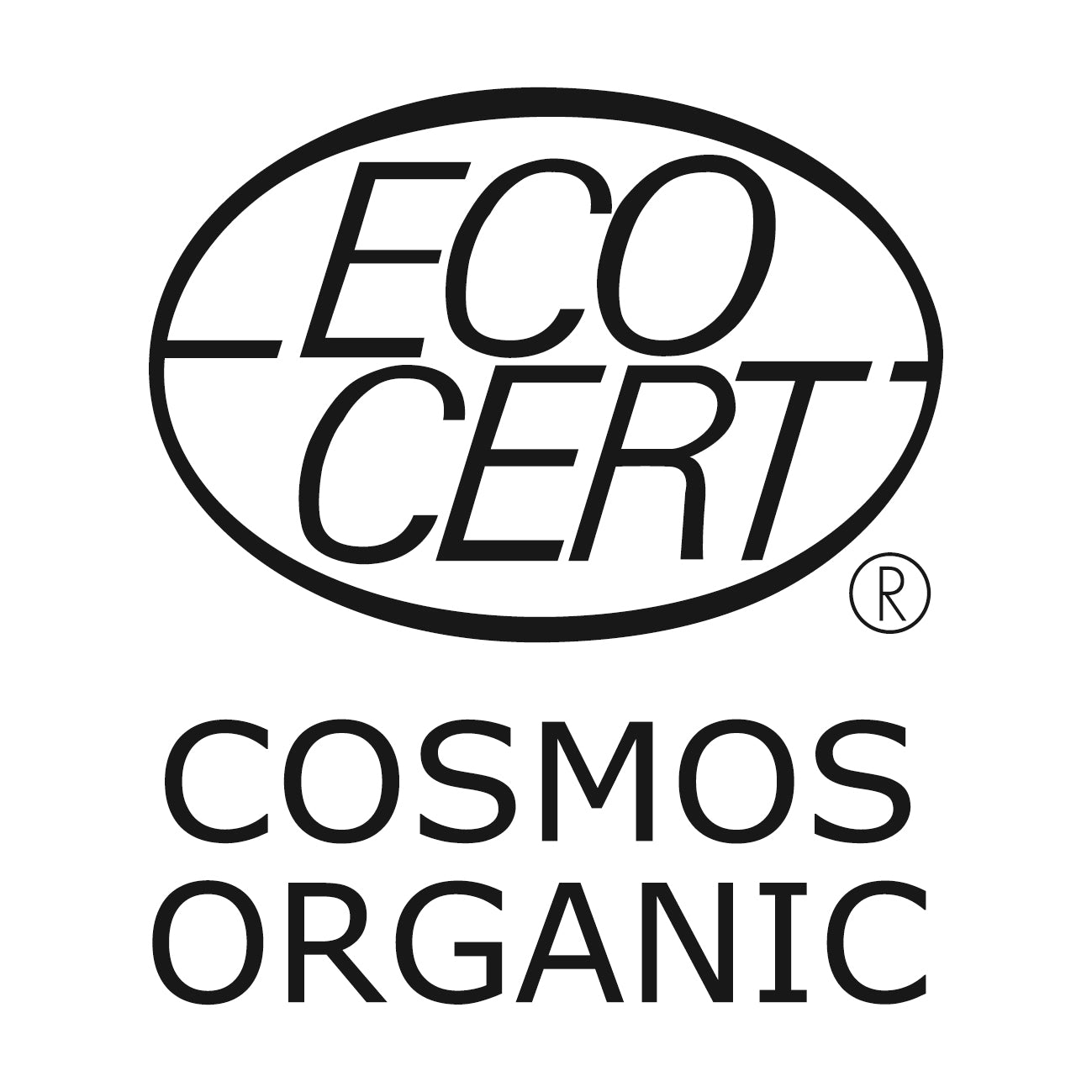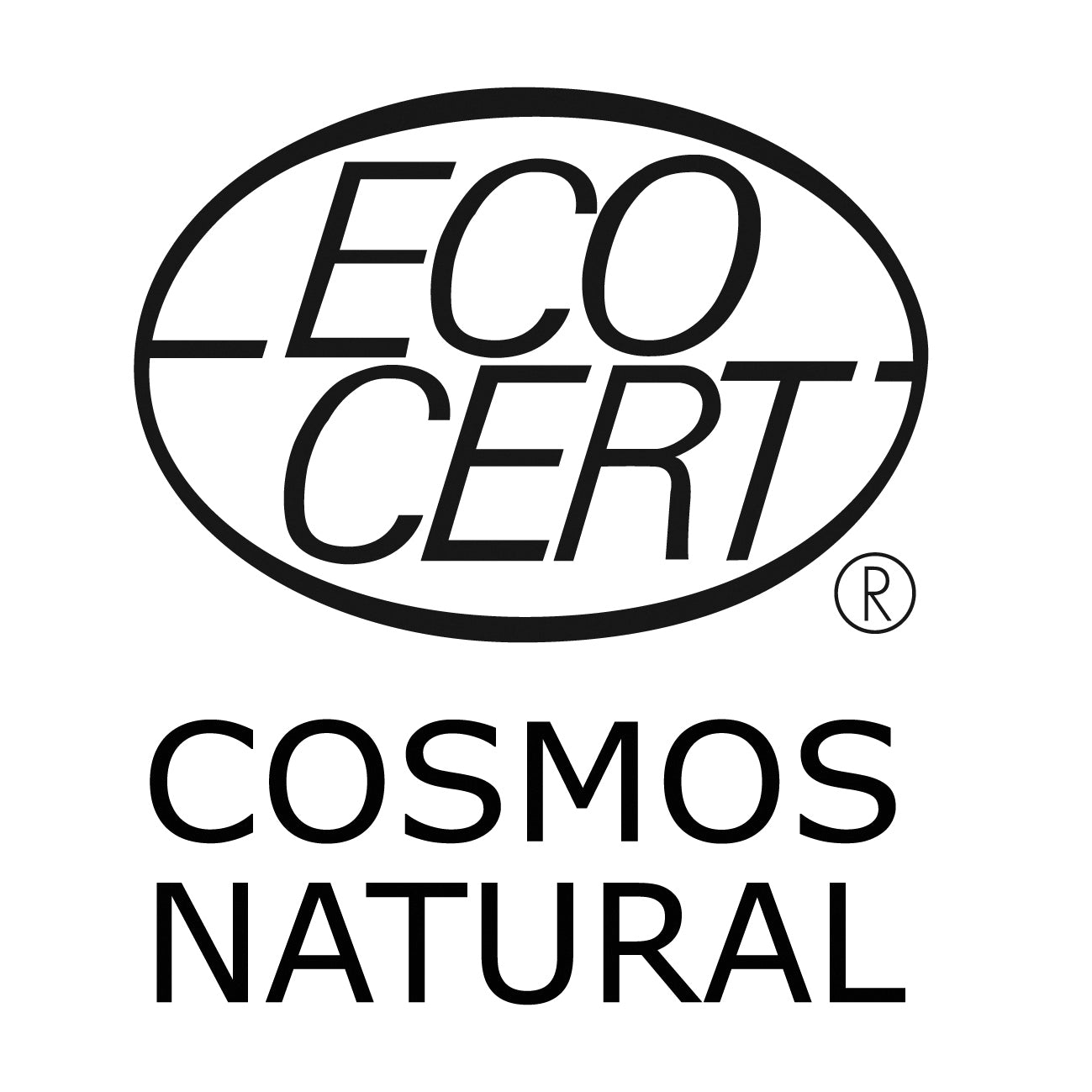
We take care of the skin on our bodies, faces, and hair daily, but there is one area of our body that we often neglect: the sensitive skin of the scalp. The scalp should be treated with proper methods and products that suit your skin and hair type, considering any underlying issues that may be present.
Dandruff is caused by an imbalance in the scalp, such as dryness, overactive yeast, or skin conditions. Dandruff is a familiar and unpleasant issue for many, which, besides causing bothersome itching, is also an aesthetic nuisance that can even affect self-esteem at its worst.
Why is it important to know if dandruff is dry or oily?
There are two types of dandruff: dry and oily. The treatments for these types differ significantly, so if you suffer from dandruff, it's essential to learn to identify your type of dandruff and use the appropriate treatments and products. Using the wrong products and methods can worsen the situation!
Dry Dandruff
Dry dandruff is most commonly caused by a dry scalp. In winter, especially, cold weather and dry indoor air due to heating can dry out the scalp and cause dry dandruff. Dry dandruff appears as small, flaky skin particles. Continuous blow-drying and using overly strong styling products can also contribute to scalp dryness. Dandruff is typically found along the hairline but can extend across the entire scalp. The condition usually improves or at least eases in the summer. Skin conditions like psoriasis or atopic dermatitis can also cause dry dandruff. Dry dandruff is usually visible immediately after washing as small particles in the hair.
Oily Dandruff
Oily dandruff is caused by the scalp producing excessive sebum and the presence of the Malassezia yeast, which feeds on sebum. In a nutrient-rich environment, the yeast proliferates by breaking down sebum for nourishment. The byproducts of this process irritate the skin of some individuals, potentially causing scalp inflammation where skin cells begin to renew at an accelerated rate. This rapid renewal leads to dandruff formation. Such dandruff feels oily to the touch. The inflammation caused by sebum and yeast is known as seborrheic dermatitis, but most people experience only excessive oiliness and scalp itching. Oily dandruff usually doesn't appear immediately after washing but rather two or three days later. You can easily distinguish oily dandruff because the scalp feels fine right after washing, and symptoms only start once the hair begins to get dirty.

Dandruff and Scalp Care
Since dry and oily dandruff have different causes, their treatments differ as well.
Dry Scalp Treatment
Dry scalp should be treated with moisturizing products, such as masks, oils or gels specifically designed for the scalp, and hydrating and soothing hair tonics. If your scalp feels extremely tight and dry, you can apply an oil treatment. Let the oil sit for about an hour, then wash your hair. Suitable oils for treatment include argan, jojoba, and coconut oil.
Choose a mild shampoo designed for dry scalp and your hair type. Consider extending the interval between washes, so your dry scalp is exposed to cleansing products less frequently. Allow your hair to air dry to avoid the heat stress caused by blow-drying. Try to avoid hot styling irons during the worst dandruff episodes.
Oily Scalp Treatment
In contrast to dry scalp, oily dandruff is treated with daily hair washing. An oily scalp needs a mild shampoo that effectively removes excess oil. Daily washing removes sebum from the scalp before it can oxidize and cause more problems. Do not treat an oily, seborrheic scalp with basic creams or oil treatments, as this only worsens the situation by providing more nutrients for the yeast.
To control Malassezia yeast, the scalp can be washed with medicated shampoos containing ketoconazole or selenium sulfide. If you prefer natural products over strong medicated shampoos, effective ingredients against oily dandruff include tea tree oil and apple cider vinegar. Both help reduce excessive yeast and microbial growth on the skin and scalp. For an oily scalp, you can also use light exfoliating products if dandruff doesn’t come off well during washing. You can use clay-based face masks on your scalp too!
Flow Cosmetics Product Recommendations for Dandruff Control
For Dry Dandruff
- Hemp Shampoo Soap Bar - Designed specifically for scalp issues like itching and dandruff. It contains healing Finnish hemp oil, whose ideal omega fatty acid composition works wonders for a dry scalp.
- Rhassoul & Salt Shampoo Soap Bar - A mild, fragrance-free shampoo bar containing gently cleansing rhassoul clay and moisturizing Himalayan salt. This soap is excellent for washing both hair and the entire body and is suitable for small children. It has received excellent feedback from individuals with psoriasis and atopic dermatitis.
- Wild Nettle Hair Rinse - An apple cider vinegar-based scalp treatment that balances the scalp’s pH, relieves itching, and regulates sebum production. This rinse also makes hair shiny and easy to comb. In addition to apple cider vinegar, it contains rosemary and wild nettle.
- Coconut Milk Hair Mask - Contains organic coconut milk, coconut oil, and argan oil, making hair soft and shiny while treating a dry scalp.
- 100% Organic Argan Oil - Treats a tight scalp and is suitable even for sensitive skin, as it contains only one ingredient and is fragrance-free.
- Strawberry Milk Face Mask Powder for Scalp Exfoliation - Suitable for both oily and dry scalps. Mix the powder with water to a slightly looser consistency than for the face. Massage into the scalp and leave on for 30 minutes.
For Oily Dandruff
- Tea Tree Shampoo Soap Bar - Contains organic tea tree oil, which effectively cleanses and refreshes an oily and irritated scalp.
- Tea Tree Oil - Antimicrobial, cleansing, and refreshing essential oil, popular in products for oily skin. Add a few drops to liquid shampoo. Do not use undiluted essential oil directly on the skin.
- Wild Nettle Hair Rinse - An apple cider vinegar-based scalp treatment that balances the scalp’s pH, relieves itching, and regulates sebum production. This rinse also makes hair shiny and easy to comb. In addition to apple cider vinegar, it contains rosemary and wild nettle.
- Coconut Milk Hair Mask - Suitable for oily hair with dry ends. Do not massage the mask into the scalp; apply it only to the lengths of your hair.
- Strawberry Milk Face Mask Powder for Scalp Exfoliation - Suitable for both oily and dry scalps. Mix the powder with water to a slightly looser consistency than for the face. Massage into the scalp and leave on for 30 minutes.
Written by
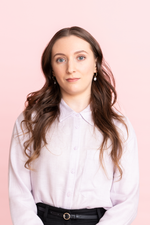
Heidi
